Description
Florence Fennel (A.K.A. Finocchio)
50 Seeds per pack
Biennial/Annual/Perennial
Days to Maturity: 65 – 90 Days
Sun Requirements: Prefers Full Sun; tolerates Light Shade
Botanical Name: (Foeniculum vulgare azoricum)
A staple of Mediterranean and Italian cooking, Florence fennel has been cultivated for centuries for its crisp, bulbous stems rather than seeds or foliage. Loved for its culinary versatility, pollinator appeal, and traditional medicinal uses, this heirloom remains a popular choice for herb gardens.
A cool-weather crop that thrives in full sun but can tolerate partial shade, Florence fennel produces tall, feathery fronds reaching 36 to 72 inches high with a 12 to 24-inch spread. At the base, it forms large, round, compact white bulbs measuring 4 to 6 inches in diameter—almost double the size of standard fennel types. The tender bulbs are juicy and mild, with a sweet, anise-like flavor, while the fine, ferny foliage offers a fragrant licorice taste.
Historically, fennel has been used for various digestive problems including heartburn, intestinal gas, bloating, loss of appetite, and colic in infants. It has also been employed to ease upper respiratory tract infections, coughs, bronchitis, cholera, backache, bedwetting, and visual problems.
The crisp bulb is delicious sliced raw into salads, caramelized in sautés, or roasted to develop a mellow sweetness. The aromatic fronds make an excellent herb for seasoning fish, eggs, sauces, and teas. Young shoots are perfect for microgreens, and even the stems lend rich flavor to stocks and slow-cooked dishes.
Florence fennel keeps well when stored cool and dry, maintaining its sweet flavor for several weeks after harvest. Rich in fiber, vitamin C, and potassium, it’s a healthy and tasty addition to the spring table.
Medical disclaimer:
Fennel is generally safe when used in culinary amounts, but concentrated use may not be suitable for everyone. It contains natural compounds with mild estrogen-like effects and may interfere with hormone-related medications. It can also trigger allergic reactions in some individuals. Pregnant or breastfeeding women, as well as young children, should consult a healthcare provider before using fennel in medicinal or supplemental forms.
Planting Instructions for Florence Fennel Seeds
When to Plant:
Sow after the last frost in spring, or in mid- to late summer for a fall harvest. Spring sowings are more prone to bolting, especially in unpredictable weather. Sow directly into warm, prepared soil or start indoors in deep modules. Begin indoor sowing 2–3 weeks before your last frost date. Seeds require darkness to germinate and will sprout in 7–14 days. Transplant only once roots fill the modules, as early transplanting may disturb the taproot and trigger bolting. Harden off seedlings before planting out. Soil should be above 60°F (16°C), with 70°F ideal.
Where to Plant:
Pick a sunny spot with at least 6 hours of direct sunlight. Florence fennel prefers rich, well-drained soil with a pH between 6.5 and 7.5. Work in compost or aged manure before sowing. Raised beds and large containers (40 liters or more) are also good options. Avoid planting near beans or nightshades like tomatoes and peppers. Lettuce, sage, and cucumbers pair well and don’t compete with fennel.
How to Plant:
Sow seeds about ¼″ (6–8 mm) deep. In the garden, space them 16″ (40 cm) apart in rows 24″ (60 cm) apart. Indoors, sow 2–3 seeds per module, then thin to the strongest seedling once they’ve sprouted. Transplant carefully to avoid disturbing roots. Water well after planting and mulch to conserve moisture. Keep an eye out for slugs and snails, which can damage young seedlings—especially in damp or shaded areas.
How to Grow:
Keep the soil evenly moist, especially as bulbs start to swell. Don’t let plants dry out, but avoid soggy soil. Feed every couple of weeks with a potassium-rich solution—such as diluted liquid seaweed or compost tea—especially once bulbs begin to swell. Mounding a bit of soil around the base as the bulb swells can help it grow more rounded and uniform, though this step is optional. Water early in the day and try not to wet the leaves to avoid disease.
Harvesting & Seed Saving:
Ready in about 65–90 days. Harvest bulbs at 3″ (8 cm) diameter by cutting at soil level. If you leave the roots in place—some may regrow and produce a second, smaller flush of tender shoots. Pick leaves as needed throughout the season. If saving seed, let the plants flower and allow the heads to turn brown. Clip mature seed heads into a paper bag and let them finish drying thoroughly indoors. Once dry, separate seeds from chaff and store in a cool, dark place. To maintain variety purity, isolate from other fennel types. Our seed-saving envelopes can help you label and organize your harvest.
Notes:
Florence fennel is a biennial in Zones 2–5 and perennial in Zones 6–10, but it’s usually grown as an annual for the bulb. In its natural cycle, it flowers and sets seed in its second year—but if stressed by heat, drought, or disturbance, it may bolt and produce seed early. Bolting shortens the plant’s usable life and affects bulb quality. Mulch helps hold moisture and reduce stress from changing soil temperatures. Common pests include slugs, snails, aphids, and cutworms. Remove slugs and snails by hand or set traps; keep beds clear of debris where they hide. Control aphids with a blast of water or insecticidal soap. For cutworms, place collars around seedlings or check soil in the evening. Avoid sowing or transplanting during hot spells.
FAQ:
What is the historical or notable background of Florence Fennel?
Florence Fennel, a staple of Mediterranean and Italian cuisine, has been cultivated for centuries, valued for its crisp, flavorful bulbs and traditional medicinal uses.
How would you describe the flavor of Florence Fennel?
Both the bulb and fronds of Florence Fennel share a similar sweet, anise or licorice-like flavor. The crisp, juicy bulb is stronger and can become sweeter when roasted or slightly bitter when sautéed, while the delicate fronds offer a lighter herbal version of the same flavor, perfect for garnishes and salads. Even the stalks have a licorice note but are more fibrous and less commonly used.
What does Florence Fennel look like, and what are its growing habits?
Florence Fennel grows 36 to 72 inches tall with a 12 to 24-inch spread, producing large, round white bulbs 4 to 6 inches in diameter, and delicate, feathery green fronds.
How and when should I harvest Florence Fennel?
Harvest the bulbs when they reach 3–4 inches in diameter, typically around 65 days after planting. Use a sharp knife to cut the bulb cleanly at soil level, ideally in the morning when temperatures are cooler for the best flavor. You can begin snipping the feathery fronds once the plant is well established, but harvest only a small amount of leaves at a time to avoid stressing the plant. Regular, light harvesting of fronds encourages healthy growth without compromising bulb development.
When is the best time to plant Florence Fennel?
Plant Florence Fennel seeds indoors 4–6 weeks before the last frost or direct sow outdoors after the danger of frost has passed. Florence fennel prefers cool-season growing with soil temperatures between 60–70°F for optimal germination and growth.
What are the common culinary uses for Florence Fennel?
Florence Fennel is highly versatile, ideal for raw salads, caramelized sautés, roasted dishes, stocks, and as an herb seasoning for fish, eggs, sauces, and teas.
What’s the best way to store Florence Fennel after harvest?
To best store Florence Fennel after harvest, place the bulbs in the refrigerator, ideally in a perforated plastic bag, where they can stay fresh for up to 10 days. Separate the stalks and fronds from the bulb and store them separately in plastic bags or airtight containers. For longer storage, the bulbs can be sliced, blanched, and frozen to preserve their flavor and texture.
What nutrients does Florence Fennel provide?
Florence Fennel is rich in fiber, vitamin C, and potassium, making it a nutritious and flavorful addition to a balanced diet.
Does Florence Fennel have any notable growing tips or care requirements?
Florence Fennel prefers well-drained soil with a pH of 6.0–7.0, consistent moisture, mulching to retain moisture and suppress weeds, and benefits from soil mounding around the bulb for optimal size and tenderness.
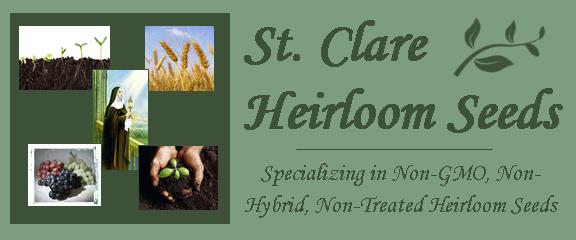
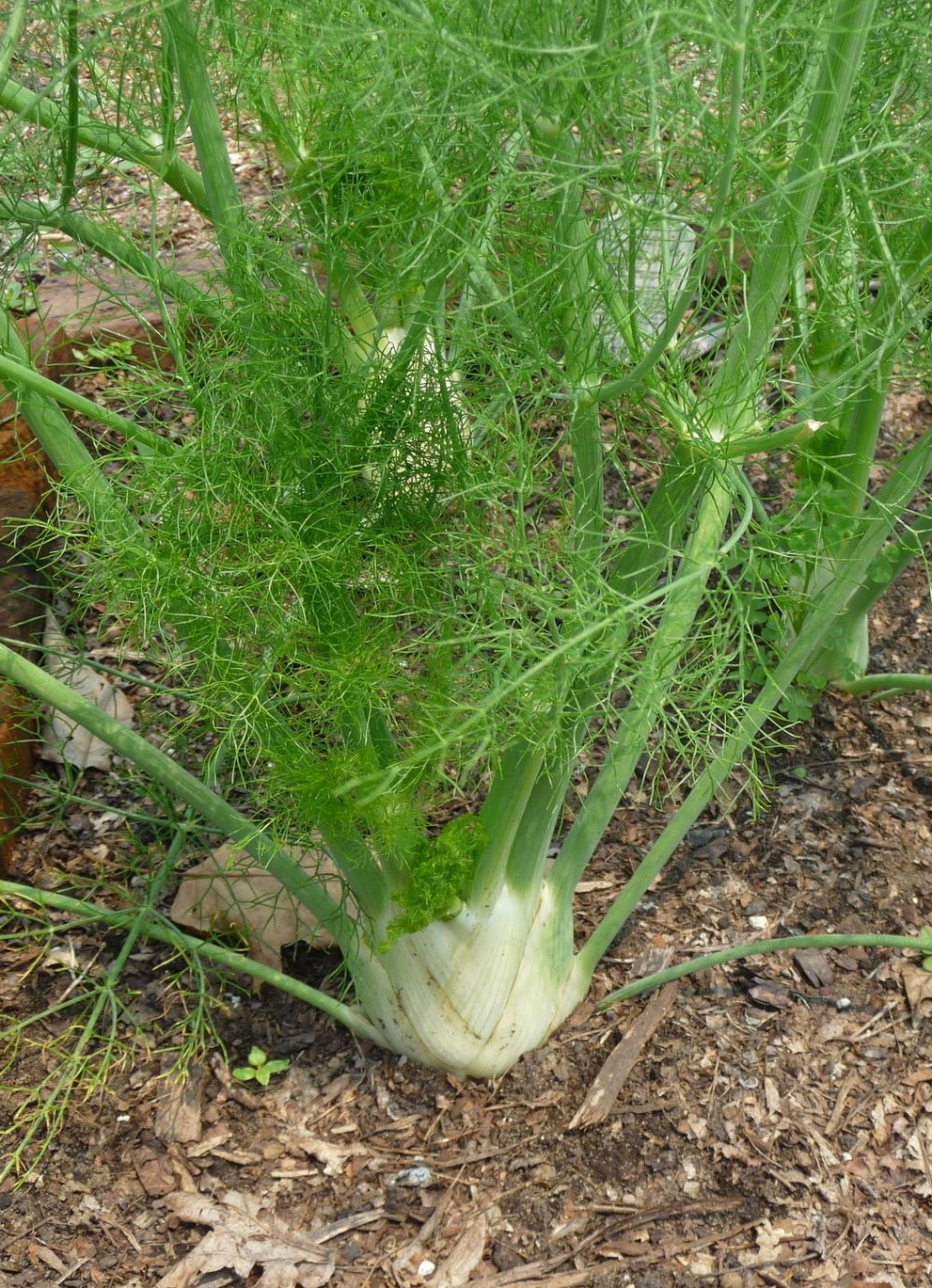










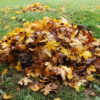
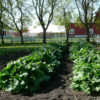

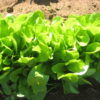



Patricia Q. (verified owner) –
Awesome seed and seed company